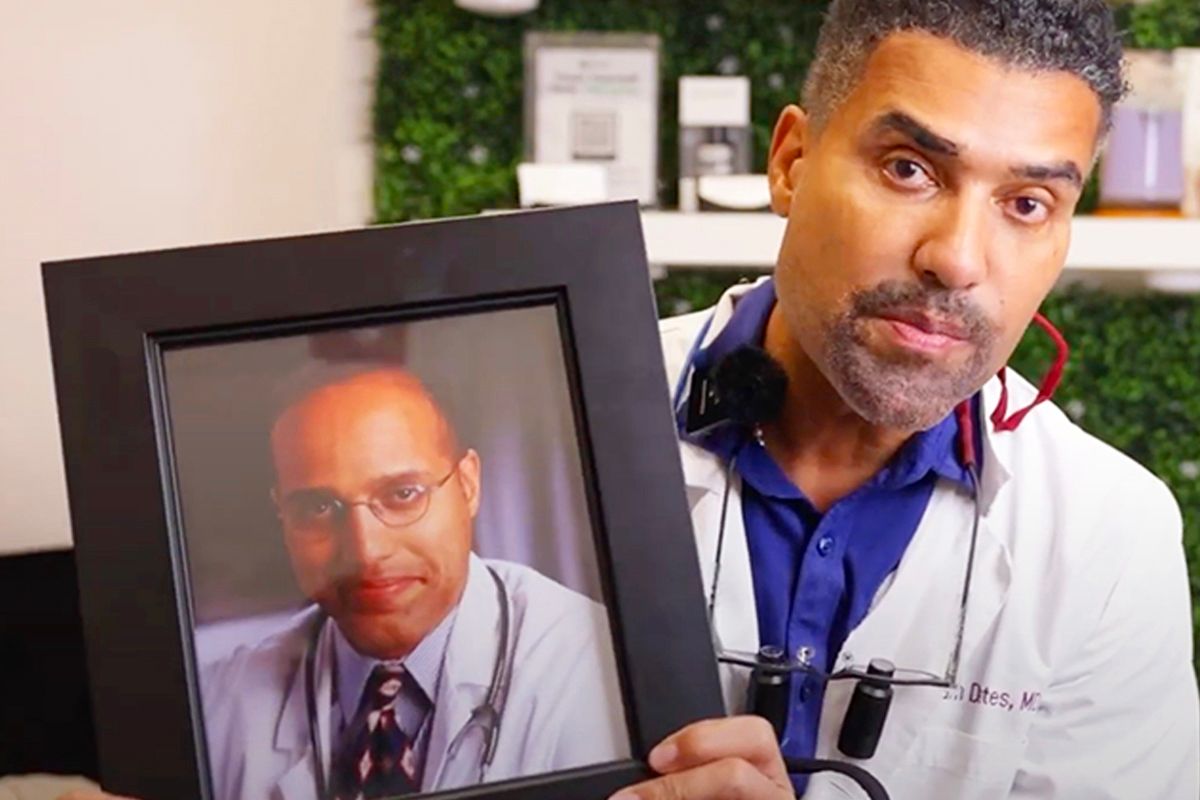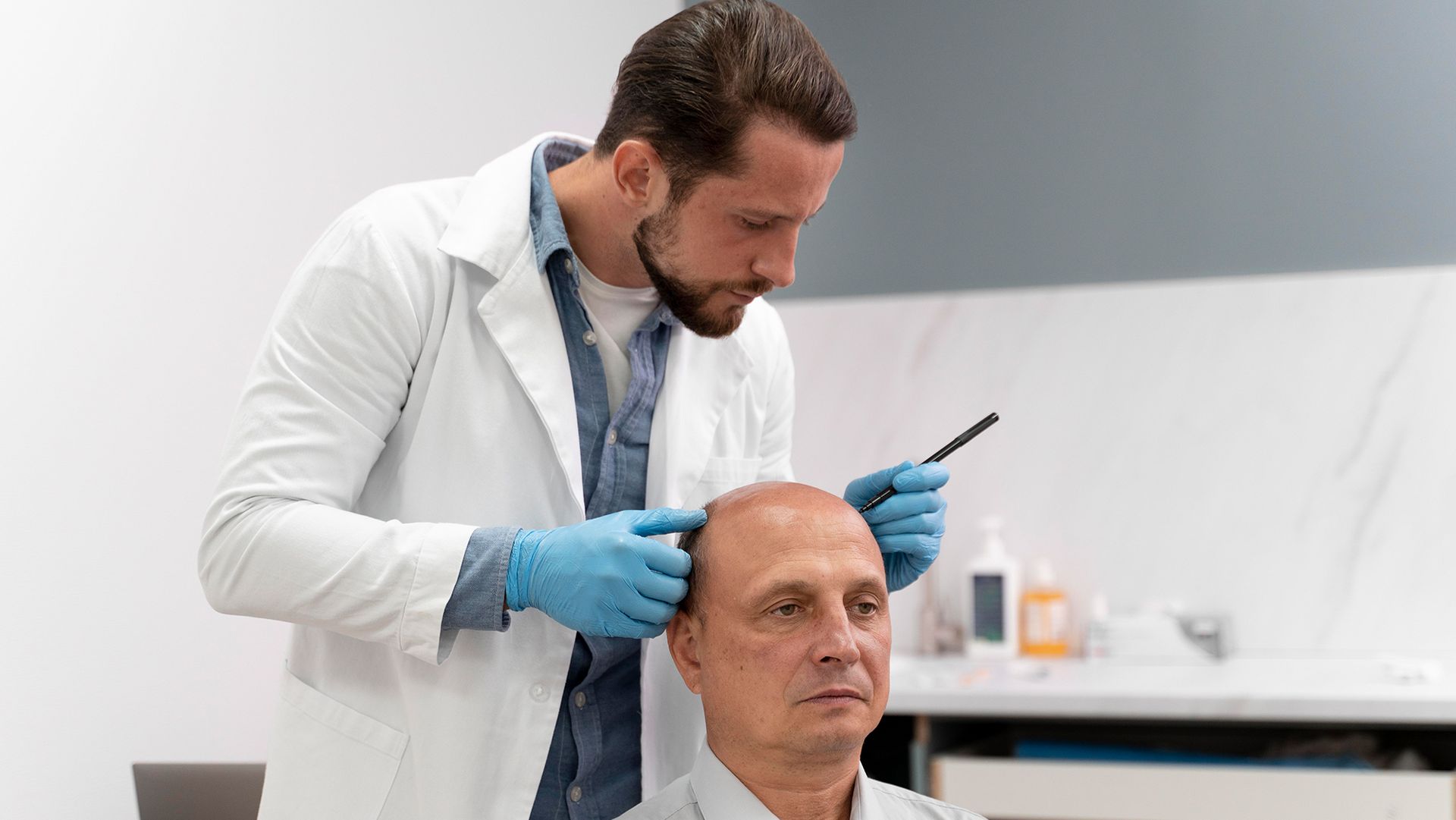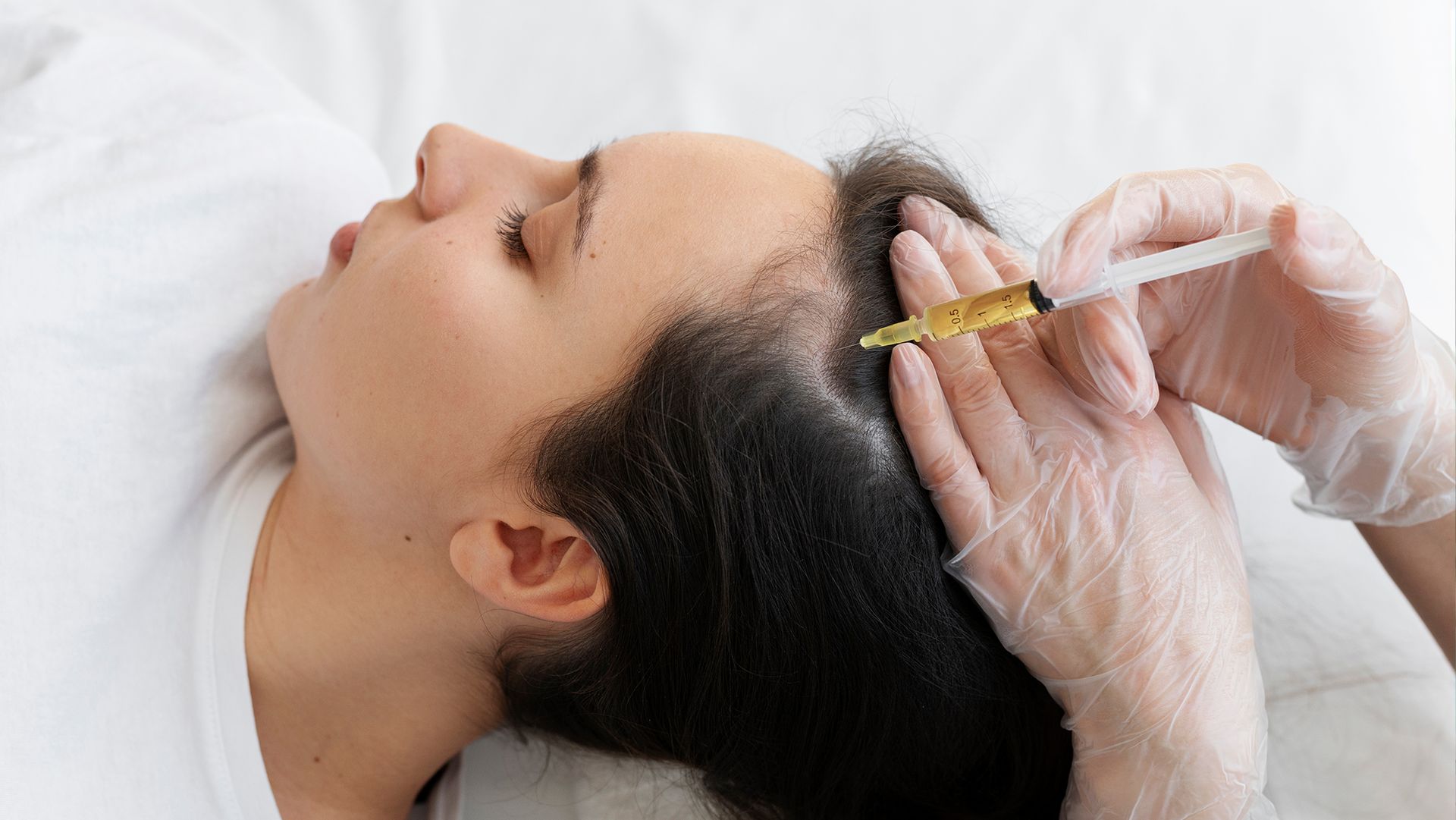May 6, 2025
By William Yates, M.D. Thousands of Chicagoans are flocking annually to Turkey and other countries for medical procedures including dental implants, hair restoration, breast augmentation, joint replacements and many other services. Forbes Magazine reported that Turkey has experienced a surge in medical tourism, with visitor numbers soaring from 670,730 in 2021 to 1.8 million in 2023, according to the Turkish Statistical Institute. Countries charging a small fraction of what these procedures cost in the United States are exploiting cheap labor and unsafe and less regulated health care companies and providers. For example, In Turkey, a typical hair transplant costs between $1,800 and $4,500, according to Istanbeautiful, an online guide to medical tourism. As the owner of a hair transplant and medical spa business in Chicago, I had a recent discussion with a patient of mine that had gone on a medical tourism voyage to have a hair transplant in Turkey. However, while he was in Turkey, he was kidnapped, but he later escaped. I have also had several conversations with patients who have had botched cosmetic procedures in Turkey. At least once a week, patients have come to me now for guidance, mental support and if possible, to repair and correct the damage. All these examples are just a small fraction of what is occurring as patients are fleeing our country to have cosmetic procedures in other countries. Recent statistics have shown that medical tourism is on the increase. In 2006, the total estimated lost revenue for the US was $20 billion, but in 2023 it was estimated to be $75 billion. That is a lot of lost revenue for the nation with the highest standard of health care in the entire world. What people do not understand is that American medical training for a doctor is rigorous. It requires four years of college; four years of medical school; successfully passing board exams, and residency training. Students are not allowed to finish residency if they do not exhibit competency. After all of this is completed, usually a medical student has an average debt of over $250.000 which must be paid back over his/her professional career. After the medical student finishes medical school and residency, and if he or she takes their medical board exams and passes, they still need to be screened by other physicians in the same field to either join their practice or become part of a hospital system. During these initial early phases, the doctor is monitored continuously to assure the competency level is where it should be. There are several remedies for incompetent doctors such as internal hospital boards as well as state disciplinary boards. Also, there is the ability to sue using malpractice laws. U.S. doctors are penalized for their hard work, education, and the burden of debt to serve a population of Americans who are going for the cheap fix in Turkey. Turkey is number one for medical procedures. The most popular procedures are Rhinoplasty (nose surgery, Liposuction, Breast Augmentation, Hair Transplantation, and bone lengthening for height. The British newspaper The Independent reported in December that six British nationals died following medical procedures in Turkey in 2023, and there has been a 94 per cent rise in Brits requiring hospital treatment in the UK following cosmetic surgery abroad, over three-quarters of the procedures took place in Turkey. The American system of medicine is devised to promote quality, efficient care with safeguards. If practice guidelines are not adhered to, American doctors pay premium malpractice rates to protect patents from aberrant care. These safeguards do not exist in the medical tourism world. I am perplexed why Americans demand perfection from American physicians, but more and more are seeking medical care in countries with low standards of care to save money. Basically, Americans think they are saving money and getting the same end result, but instead are receiving less than optimal care with a very inferior result or worse, infections, complications and even loss of limbs or life. To remedy this situation, I think it is fair to place a tariff on all cosmetic medical procedures outside the United States. By placing a tariff and making these procedures not as attractive financially, the patient will spend more time in selecting an outstanding doctor in the United States. For the safety of American patients, Congress should act now. William Yates, MD, FACS was a double boarded General Surgeon and Critical Care Surgeon and presently, a Fellow of the American College of Surgeons is and the owner of Dr. Yates Hair Science Group and Dr. Yates Lifestyle Med Spa in Chicago.









